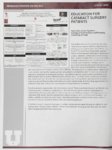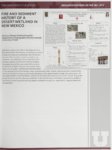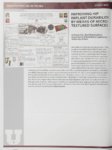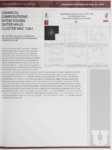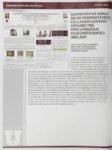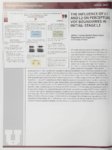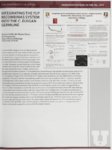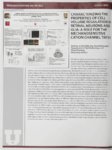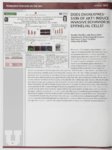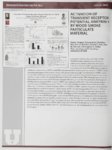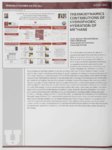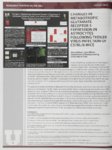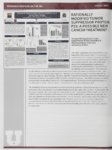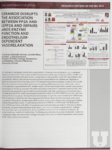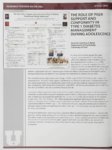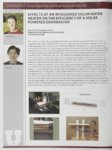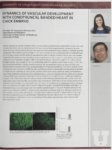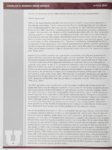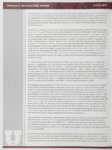| OCR Text |
Show THE UNIVERSITY OF UTAH CERAMIDE DISRUPTS THE ASSOCIATION BETWEEN PP2A AND I2PP2A AND IMPAIRS eNOS ENZYME FUNCTION AND ENDOTHELIUM-DEPENDENT VASORELAXATION Ting Ruan, Elizabeth Johnson, Jennifer Nhan, Xin Wan, (J. David Symons) Division of Endocrinology, Metabolism and Diabetes, School of Medicine University of Utah Ceramide disrupts the association between PP2A and I2PP2A and impairs eNOS enzyme function and endothelium-dependent vasorelaxation Ting Ruan, Jennifer Nhan, Elizabeth Johnson, Xln Wan, Anlndlta Ravlndran, (J. David Symons) College ol Health and Division ol Endocrinology, Metabolism and Diabetes, University of Utah, Salt Lake City, USA, 84112 Spacial thanka to QJ Zhang, Laana PannaaraaaJan W H Holland. 8A Summara, ED Abal m u THE UNIVERSITY OF UTAH 3 *<-TO ipr*"(*nul<' Dtftvdroceram.de .III l.ll ll.l Our laboratory investigates mechanisms responsible for cardiovascular complications (e.g., endothelial dysfunction) that occur in the context of diet-induced obesity (DIO), type 2 diabetes mellitus (T2DM), and insulin resistance. Endothelial dysfunction is precipitated by reduced nitric oxide (NO) bioavailability. N O bioavailability reflects a delicate balance a m o n g factors responsible for its synthesis and degradation. Earlier w e reported that the free fatty acid (FFA) metabolite ceramide accumulates in arteries of mice with DIO and contributes to endothelial dysfunction by reducing e N O S enzyme function. Molecular mechanisms explored using endothelial cells, isolated vessels, and animals revealed that ceramide causes protein phosphatase 2A (PP2A) to associate with e N O S and subsequently disrupt important protein-protein interactions that are required for optimal e N O S enzyme function. Our most recent focus is to determine h ow ceramide activates PP2A. Under physiological conditions inhibitor 2 of PP2A (I2PP2A) associates with and restrains PP2A in the cytosol. W e hypothesize that ceramide disrupts the association between I2PP2A and PP2A.To test this, endothelial cells were exposed to the FFA palmitate. Palmitate increases ceramide accumulation, PP2A activity, and decreases e N O S function. Several intracellular protein imaging procedures indicate that palmitate causes: (i) ceramide association with I2PP2A; (ii) I2PP2A and PP2A dissociation; and (iii) PP2A association with eNOS. All responses were reversed when ceramide or PP2A were inhibited. Importantly, ceramide-induced arterial dysfunction is less severe in animals wherein PP2A is inhibited. Thus, ceramide might activate PP2A by removing l2PP2A-mediated restraint of this phosphatase, ultimately resulting in endothelial dysfunction. The findings described herein provide mechanistic insight into a therapeutic target and intervention strategy with potential to alleviate arterial dysfunction in the context of DI0,T2DM, and insulin resistance. 29 |










